How Effective is PAC Liquid in Phosphorus Removal?
Phosphorus removal from wastewater is a critical process in environmental protection and water quality management. One of the most effective methods for achieving this is through the use of Poly Aluminium Chloride Liquid (PAC). This blog post will explore the effectiveness of PAC in phosphorus removal, delving into its mechanisms, comparing it with other methods, and examining the impact of pH on its efficiency.
Mechanism: How PAC precipitates phosphates
Poly Aluminium Chloride Liquid is a potent coagulant that works through a complex series of chemical reactions to remove phosphorus from wastewater. When introduced into water, PAC undergoes hydrolysis, forming various aluminum species that interact with phosphate ions. These interactions lead to the formation of insoluble aluminum phosphate compounds, effectively removing phosphorus from the water.
The precipitation process involves several steps:
- Hydrolysis of PAC: When added to water, PAC forms positively charged aluminum hydroxide complexes.
- Adsorption: These complexes attract and adsorb negatively charged phosphate ions.
- Nucleation: As more phosphate ions are adsorbed, they begin to form nuclei for larger particles.
- Floc formation: The nuclei grow into larger flocs, incorporating more phosphates and other particles.
- Sedimentation: The flocs become heavy enough to settle out of the water, carrying the phosphorus with them.
The efficacy of PAC in phosphorus removal is attributed to its ability to form these stable, insoluble compounds across a wide pH range. This versatility makes it an excellent choice for various wastewater treatment scenarios.
Comparison to ferric chloride for P-removal
While both Poly Aluminium Chloride Liquid and ferric chloride are effective in phosphorus removal, they have distinct characteristics that influence their performance in different situations.
PAC advantages over ferric chloride:
- Broader pH range effectiveness: PAC maintains its efficiency across a wider pH spectrum, making it more versatile in various water conditions.
- Lower sludge production: PAC typically produces less sludge than ferric chloride, reducing disposal costs and environmental impact.
- Faster floc formation: PAC often forms flocs more rapidly, leading to quicker settling times and potentially smaller clarification tanks.
- Better cold water performance: PAC maintains its effectiveness at lower temperatures better than ferric chloride.
Ferric chloride advantages:
- Lower cost: Ferric chloride is often less expensive than PAC, making it attractive for large-scale operations.
- Higher phosphorus binding capacity: In some cases, ferric chloride can bind more phosphorus per unit of chemical added.
- Simpler chemistry: The reactions of ferric chloride are somewhat simpler, making dosing calculations more straightforward.
Despite these differences, both chemicals have their place in phosphorus removal strategies. The choice between PAC and ferric chloride often depends on specific water quality parameters, treatment goals, and operational considerations.
Impact of pH on phosphorus removal efficiency
The pH of the water being treated plays a crucial role in the effectiveness of Poly Aluminium Chloride Liquid for phosphorus removal. While PAC is known for its broad pH range effectiveness, understanding the nuances of pH impact can help optimize treatment processes.
Optimal pH range:
PAC typically performs best in a pH range of 5.5 to 8.0. Within this range, the aluminum species formed are most effective at binding with phosphates. However, the exact optimal pH can vary depending on the specific formulation of PAC and the characteristics of the wastewater being treated.
pH effects on PAC performance:
- Low pH (below 5.5): At very low pH levels, the aluminum species formed may be less effective at phosphate removal. Additionally, the water may become overly acidic, potentially causing issues in subsequent treatment steps or receiving water bodies.
- Mid-range pH (5.5-8.0): This is generally the sweet spot for PAC performance. The aluminum hydroxide species formed are highly effective at adsorbing and precipitating phosphates.
- High pH (above 8.0): As pH increases, the solubility of aluminum hydroxide increases, potentially reducing the effectiveness of phosphorus removal. However, PAC often maintains some level of effectiveness even at higher pH levels, unlike some other coagulants.
Buffering capacity:
One of the advantages of PAC is its buffering capacity. When added to water, it tends to have a less dramatic impact on pH compared to other coagulants like aluminum sulfate. This buffering effect can help maintain the water within the optimal pH range for phosphorus removal, even as PAC is being added.
pH adjustment strategies:
In cases where the wastewater pH is outside the optimal range for PAC performance, various strategies can be employed:
- Pre-treatment pH adjustment: Adding acids or bases to bring the water into the optimal range before PAC addition.
- Simultaneous pH control: Adding pH-adjusting chemicals along with PAC to maintain optimal conditions.
- PAC formulation selection: Choosing a PAC product with characteristics suited to the specific pH range of the water being treated.
Monitoring and control:
Given the importance of pH in PAC performance, continuous monitoring and control of pH levels is crucial for optimizing phosphorus removal. Advanced treatment plants often employ real-time pH monitoring systems coupled with automated dosing controls to maintain optimal conditions.
Synergistic effects:
In some cases, the relationship between pH and PAC performance can be more complex. For instance, the presence of certain ions or organic compounds in the water can influence the optimal pH range. Therefore, bench-scale or pilot testing is often recommended to determine the ideal pH conditions for a specific wastewater stream.
Temperature considerations:
It's worth noting that temperature can also influence the relationship between pH and PAC performance. Generally, PAC maintains its effectiveness over a broader pH range at lower temperatures compared to higher temperatures. This characteristic makes PAC particularly suitable for cold climate applications.
Residual aluminum:
The pH of the treated water can also affect the levels of residual aluminum left after treatment. At pH levels close to neutral (6.5-7.5), aluminum solubility is at its lowest, minimizing the amount of residual aluminum in the treated water. This is an important consideration, especially when treating drinking water or discharging into sensitive aquatic environments.
Phosphorus speciation:
The pH of the water also influences the form in which phosphorus exists. At lower pH levels, more phosphorus is present as orthophosphate, which is generally easier to remove. At higher pH levels, a greater proportion may exist as polyphosphates or organic phosphorus compounds, which can be more challenging to remove. PAC's ability to perform across a range of pH levels helps address this variability in phosphorus speciation.
Alkalinity considerations:
The alkalinity of the water being treated can also impact the effectiveness of PAC for phosphorus removal. Higher alkalinity can provide a buffering effect, helping to maintain a stable pH as PAC is added. However, very high alkalinity may require higher doses of PAC to achieve the desired phosphorus removal, as some of the aluminum may react with the alkalinity rather than phosphate.
Long-term pH stability:
When using PAC for phosphorus removal, it's important to consider the long-term pH stability of the treated water. While PAC generally has less impact on pH than some other coagulants, continuous use over time can gradually alter the pH of the system. Regular monitoring and adjustment may be necessary to maintain optimal conditions for both phosphorus removal and overall water quality.
Integration with other treatment processes:
The pH considerations for PAC use in phosphorus removal should also take into account other treatment processes in the water or wastewater treatment system. For example, if biological treatment is used alongside chemical phosphorus removal, maintaining a pH that is suitable for both processes is crucial for overall treatment efficiency.
In conclusion, while Poly Aluminium Chloride Liquid is effective for phosphorus removal across a broad pH range, understanding and controlling pH can significantly enhance its performance. By carefully managing pH levels, water treatment professionals can optimize phosphorus removal efficiency, minimize chemical usage, and ensure compliance with phosphorus discharge limits.
Are you looking for an effective solution for phosphorus removal in your water treatment processes? Xi'an PUTAI Environmental Protection Co., Ltd. is here to help. With over 22 years of experience in the production, sales, and R&D of waste and drinking water treatment chemicals, we offer high-quality PAC liquid and expert guidance on its application. As a major producer and integrated service supplier of coagulants in north-west China, we understand the unique challenges of phosphorus removal and can provide tailored solutions for your specific needs. Don't let excessive phosphorus compromise your water quality. Contact us today at sales@ywputai.com to learn how our PAC liquid can revolutionize your phosphorus removal process.
References
1. Zhang, L., et al. (2019). "Phosphorus removal mechanisms and optimization strategies in wastewater treatment using polyaluminum chloride." Journal of Environmental Management, 238, 55-68.
2. Wang, Y., et al. (2020). "Comparison of polyaluminum chloride and ferric chloride for phosphorus removal in municipal wastewater treatment." Water Science and Technology, 81(11), 2267-2277.
3. Liu, H., et al. (2018). "Effect of pH on phosphorus removal efficiency of polyaluminum chloride: Mechanisms and modeling." Water Research, 139, 288-298.
4. Smith, J. R., & Brown, A. K. (2021). "Optimizing phosphorus removal in water treatment: A comprehensive review of polyaluminum chloride application." Environmental Technology & Innovation, 22, 101432.
RECOMMENDATIONS
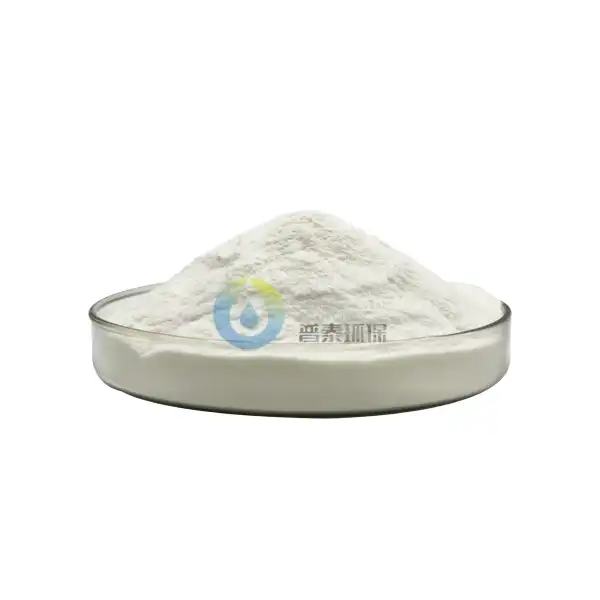 VIEW MOREPoly Aluminium Chloride In Paper Industry
VIEW MOREPoly Aluminium Chloride In Paper Industry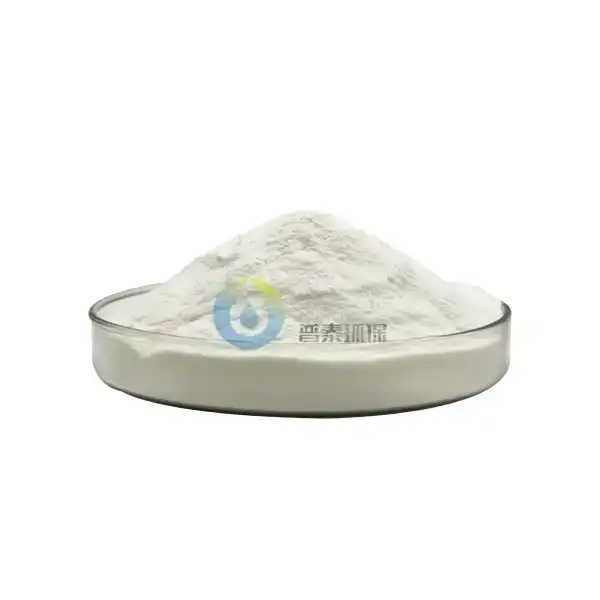 VIEW MOREPac Poly Aluminium Chloride
VIEW MOREPac Poly Aluminium Chloride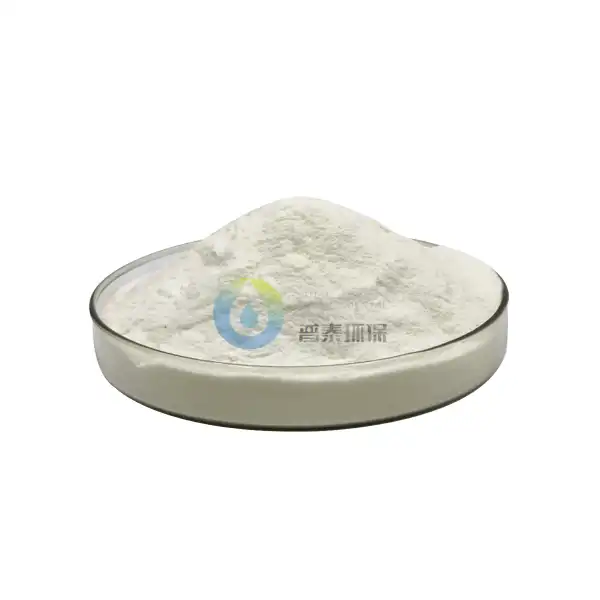 VIEW MOREPoly Aluminium Chloride Powder
VIEW MOREPoly Aluminium Chloride Powder_1729154435880.webp) VIEW MOREPoly Aluminium Chloride Liquid 10-13 for drinking water
VIEW MOREPoly Aluminium Chloride Liquid 10-13 for drinking water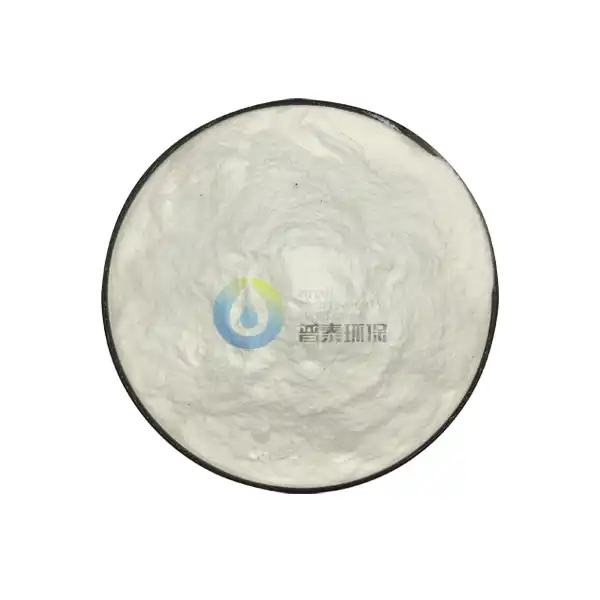 VIEW MOREPoly Aluminium Chloride In Water Treatment
VIEW MOREPoly Aluminium Chloride In Water Treatment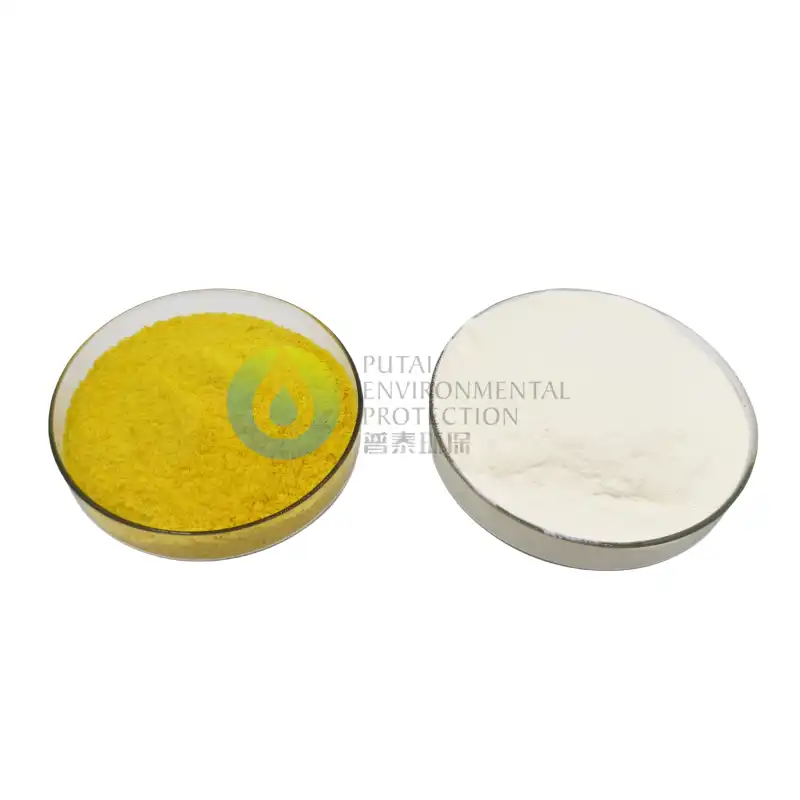 VIEW MOREPoly Aluminium Chloride In Wastewater Treatment
VIEW MOREPoly Aluminium Chloride In Wastewater Treatment固液_1729153636203.webp) VIEW MOREPoly Aluminium Chloride For Drinking Water
VIEW MOREPoly Aluminium Chloride For Drinking Water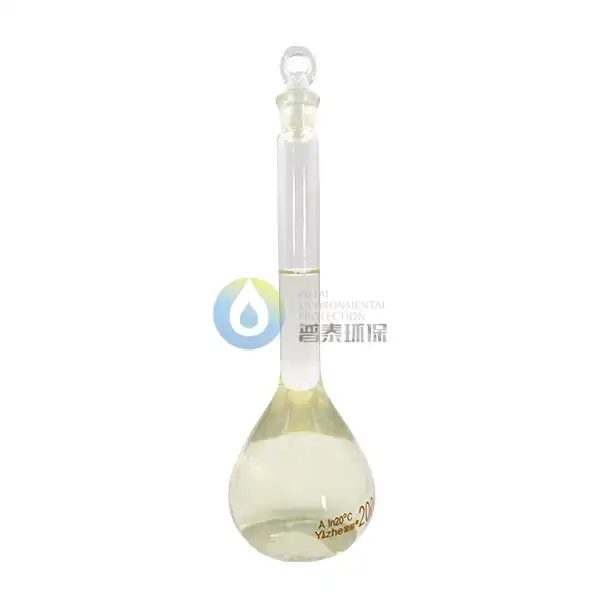 VIEW MORELiquid Poly Aluminium Chloride
VIEW MORELiquid Poly Aluminium Chloride VIEW MOREIndustrial Grade Poly Aluminum Chloride
VIEW MOREIndustrial Grade Poly Aluminum Chloride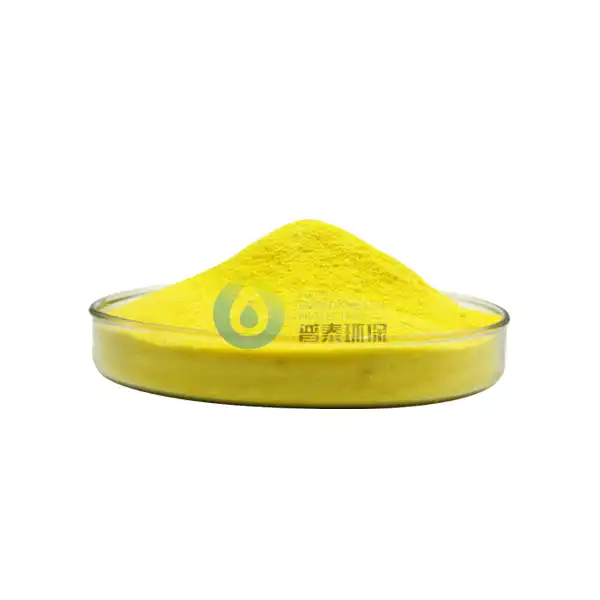 VIEW MOREDrinking Grade Poly Aluminium Chloride
VIEW MOREDrinking Grade Poly Aluminium Chloride

